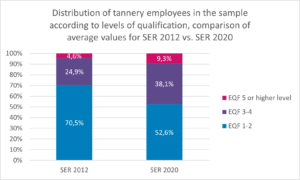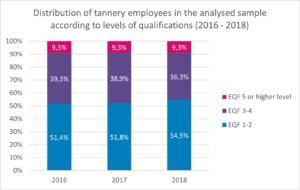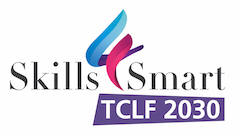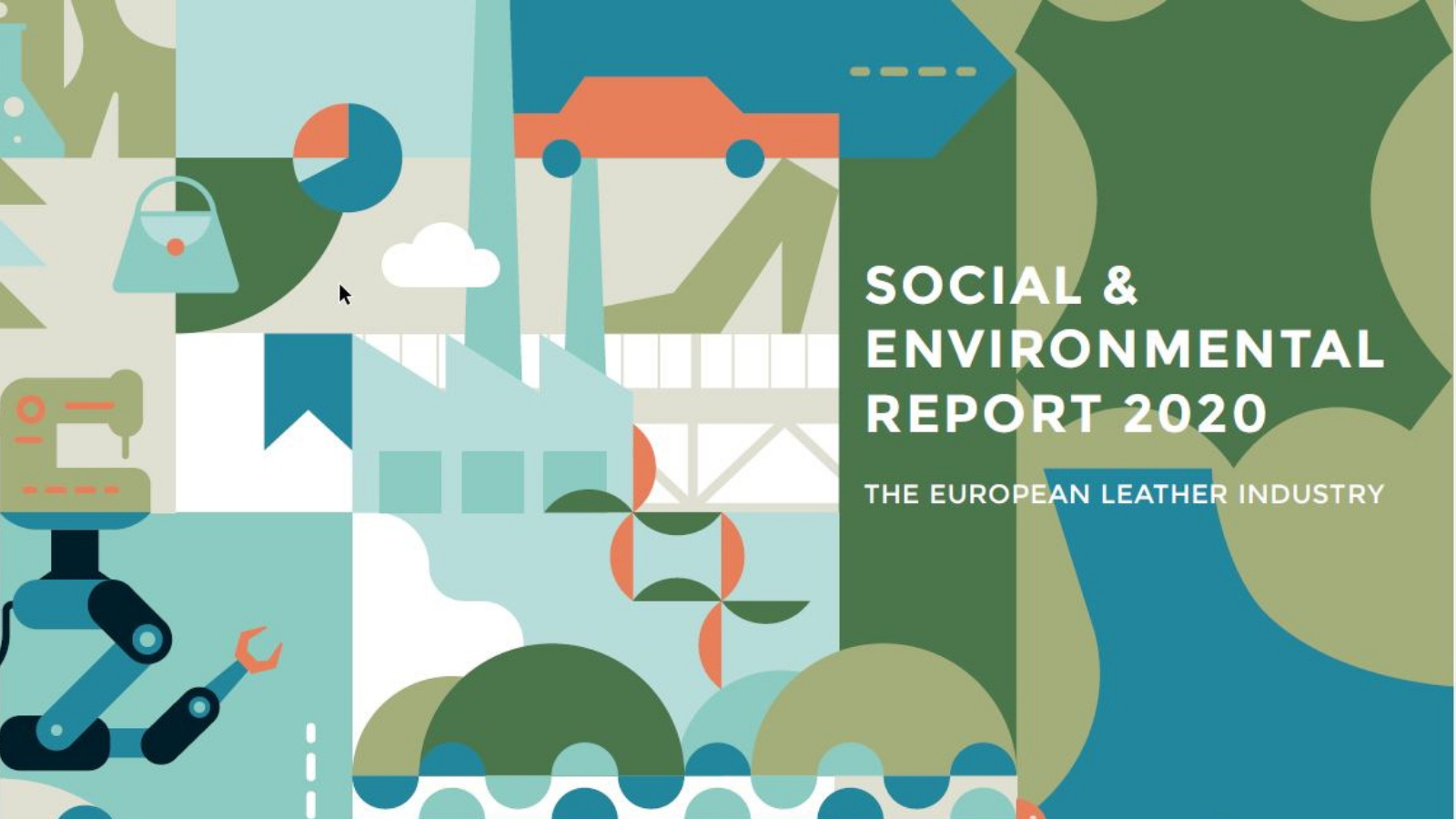In a webinar organised on the 1st of December 2020, COTANCE and IndustriAll-Europe officially unveiled their second Social and Environmental Report for the European tanning industry. The EU-sponsored report is based on data collected amongst 79 European tanneries representing some 43% of total European leather production in volume. One of the key points the sector’s social partners made in this landmark report is on Education and Skills challenges and opportunities.
Human resources are essential to any enterprise. In the leather sector, this is even more true as employees need to combine a multiplicity of skills, mixing art and science.

The report reveals that the sector’s workforce is increasing its level of education compared to 2012. The number of employees with qualifications of EQF level 5&6 has doubled and those with EQF level 3&4 have also increased. This has to do with market trends including new regulatory factors, greater requirements put on leather by both business customers and direct consumers, new chemistry developments & technologies, digitalisation, robotics and a different production culture focussing on transparency & traceability or process efficiency. This has led to a new paradigm for the tanning sector, requiring an increase in the skill levels of staff.

Of course, this calls for specific training programmes to prepare and support people to work in a tannery. The new Leather Technologist MOOC and the other transversal profiles (Supply Chain experts; Timeline analysts, etc) developed in the Skills 4 Smart TCLF project will be key.
Workers are increasingly educated, learning technical skills from their peers
But new entrants to the sector’s workforce are decreasing and those at work are ageing. The sector is unfortunately often dismissed for employment because of a poor image, which is false. “We’re trying to change that by promoting a positive image of European tanneries, enhancing the technological and creative aspects of an activity that combines progress and tradition and which has a key position within prestigious supply chains and plays an essential role in the recycling sector” says Gustavo Gonzalez-Quijano, Secretary-General of COTANCE, the European Leather industry umbrella organisation. But renewing the workforce also requires a different approach to personnel selection and training. Candidates are no longer chosen using outdated evaluation standards, largely based on physical strength, but on the possession of basic skills, learning skills, and their potential for professional growth.
Indeed, in such a context the upskilling of the current workforce becomes essential. Personnel with ambition and interest to learn are given great opportunities to grow and progress in their careers.
So, as you can see everyone has a chance at being a part of the European leather family!
The leather industry offers the chance to work with amazing industries including fashion and automotive, international travel, and a free rein on creativity
If you’re interested in learning more about the social achievements of the European tanning sector in the last ten years, you may download the report on: https://bit.ly/LeatherSER
Gustavo – COTANCE


